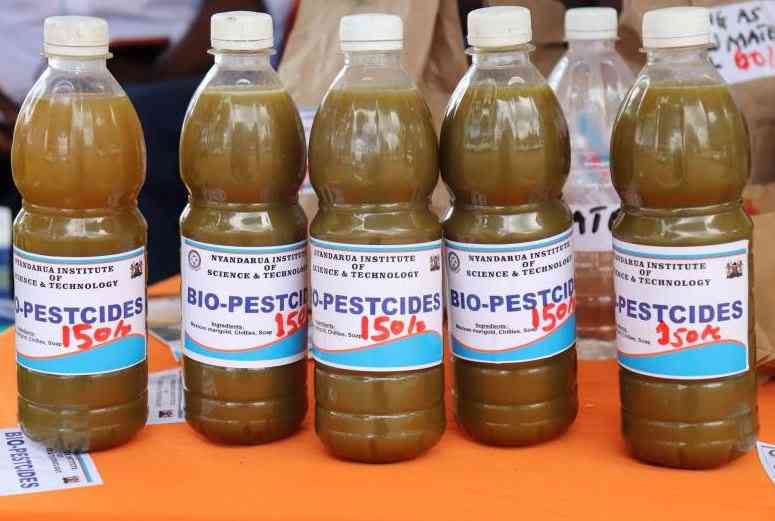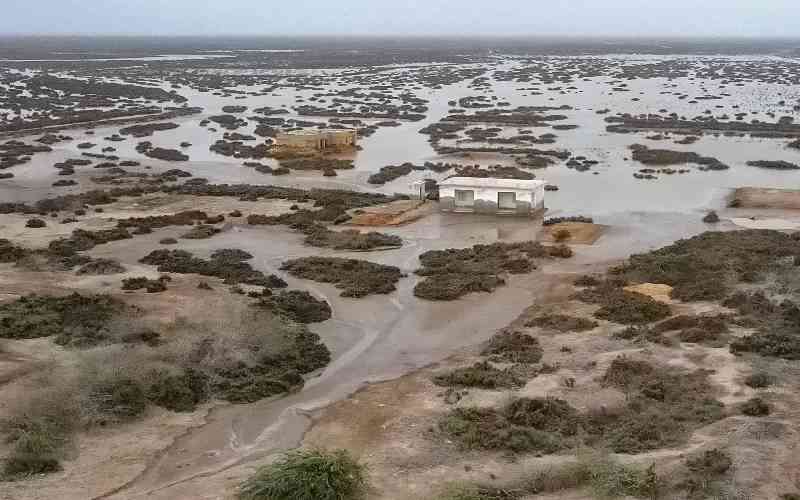
A team of researchers studying algal blooms in Lake Victoria has revealed the cause of the lake's recurring green waters, attributing the phenomenon to extensive pollution from farms, industries, and households.
In a research paper published by the American Society for Microbiology on January 8, scientists investigated harmful algal blooms in the transboundary freshwater lake.
Their findings established that the green colour is caused by deadly organisms known as cyanobacteria, which pose a serious threat to human health, livestock, and the broader ecosystem.
Lake Victoria, a vital resource for drinking water, sanitation, aquaculture, and commercial fishing, is increasingly contaminated by agricultural and industrial waste.
The study found that cyanobacteria thrive in warm, sunlit waters with high concentrations of nitrogen and phosphorus-nutrients commonly found in fertilisers, manure, and sewage that are frequently washed into the lake.
"When conditions are right, cyanobacteria multiply rapidly and form smelly green scums on the water surface," the researchers wrote.
While cyanobacteria commonly occur in lakes, they are also found in ponds and rivers.
The study traced major contributors to the problem, including the Nyando and Sondu Miriu rivers, which transport large amounts of silt and chemical waste from surrounding farms and industries. Smaller rivers such as Awach-Tende, Awach-Kibuon, Kisat, and Kibuon are also heavily polluted with sewage and urban runoff from Kisumu.
Water samples collected from river mouths draining into the lake's shores revealed alarmingly high pollution levels.
Major pollution affecting the lake stems from sugar processing, tea, cereal farming, and urban areas.
Known to science as cyanoHABs (cyanobacterial harmful algal blooms), the scums are harmful to livestock, wildlife, pets, people and aquatic organisms like fish. Toxins make untreated water unsafe to drink, swim in, or even touch. Sometimes they can become suspended in air and be inhaled. The cyanoHABs also harm ecosystems by depleting oxygen, killing off whatever lives in the water, and disrupting food webs and fisheries.
CyanoHABs are a global threat and receive considerable scientific attention in North America and Europe.
Despite the widespread occurrence of algal blooms in freshwater lakes, African lakes-including Lake Victoria-have historically received little scientific attention. Past research on cyanoHABs has mostly used microscopy to study the kinds found there, but microscopy cannot differentiate between toxic and non-toxic cyanobacterial cells.
CyanoHABs occur in many basins in Lake Victoria, but are highly concentrated in Kenya's shallow Winam/Nyanza Gulf.
Past reports identified Microcystis as the dominant cyanobacteria in the Winam Gulf. The research, however, found Dolichospermum was the most abundant type in major cyanoHAB events there. This finding might be due to recent environmental changes in the region.
But researchers linked Microcystis to microcystin. This is a liver-damaging toxin that can kill livestock, wildlife and humans, especially those whose immune system isn't working well. In Winam Gulf, it's often more abundant than the health limits set by the World Health Organisation.
However, blooms are becoming more widespread worldwide because rising temperatures promote cyanobacterial growth and more intense rainfall delivers nutrients from the landscape. Only effective management of nutrients can reverse this trend
The study raises concerns over Rapid human population growth and settlement around lakes and their watersheds, which is leading to high levels nutrients in lakes around the world. This results in excessive growth of algae and aquatic plants. .
The study recommended that local authorities monitor for these cyanobacteria and warn residents to stay away when blooms are present.
Without urgent intervention, the continued influx of pollutants could lead to long-term ecological and economic damage.
Additional reporting by The Conversation
 The Standard Group Plc is a multi-media organization with investments in media
platforms spanning newspaper print
operations, television, radio broadcasting, digital and online services. The
Standard Group is recognized as a
leading multi-media house in Kenya with a key influence in matters of national
and international interest.
The Standard Group Plc is a multi-media organization with investments in media
platforms spanning newspaper print
operations, television, radio broadcasting, digital and online services. The
Standard Group is recognized as a
leading multi-media house in Kenya with a key influence in matters of national
and international interest.











